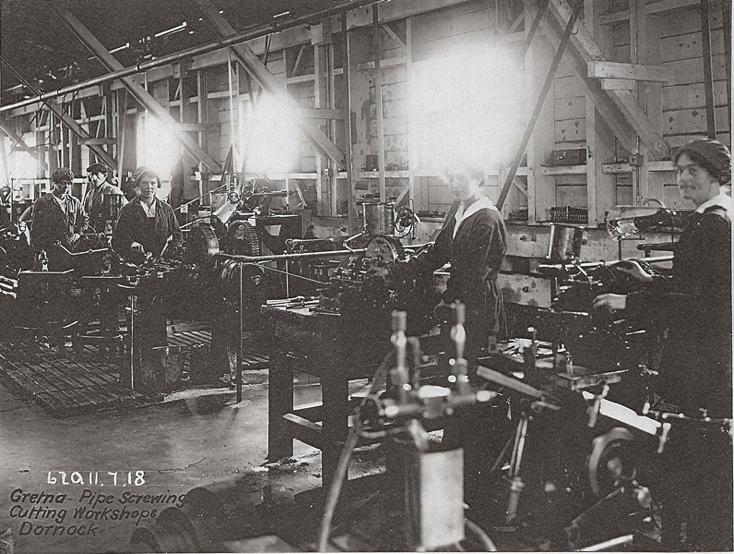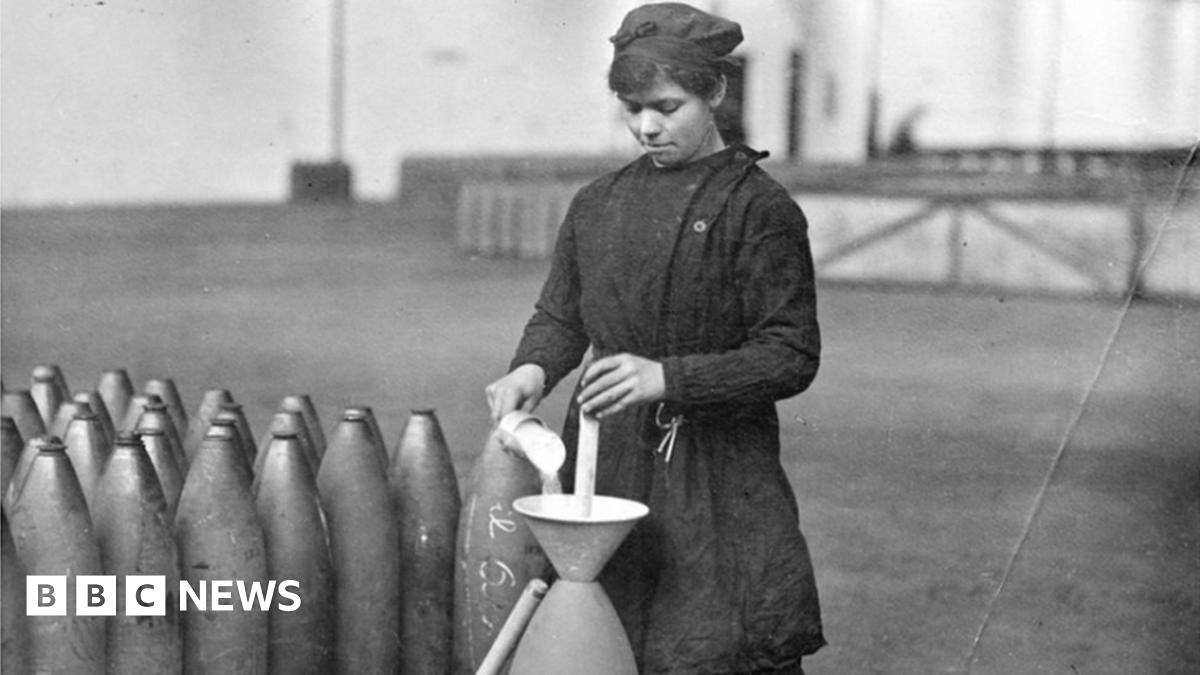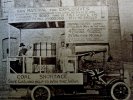-
Welcome to this forum . We are a worldwide group with a common interest in Birmingham and its history. While here, please follow a few simple rules. We ask that you respect other members, thank those who have helped you and please keep your contributions on-topic with the thread.
We do hope you enjoy your visit. BHF Admin Team
You are using an out of date browser. It may not display this or other websites correctly.
You should upgrade or use an alternative browser.
You should upgrade or use an alternative browser.
When gasworks helped the War Effort
- Thread starter Heartland
- Start date
Pedrocut
Master Barmmie
Lyddite presented a major safety problem because it reacted dangerously with metal bases. This required that the interior of shells had to be varnished, the exterior had to be painted with leadless paint and the fuze-hole had to be made of a leadless alloy. Fuzes containing any lead could not be used with it. When World War I began Britain was replacing lyddite with modern "high explosive" (HE) such as TNT…
….Britain first used pure TNT for land warfare shells from late 1914, but this proved expensive and difficult to manufacture in the necessary large quantities, and was also inefficient as much energy was output as heavy black smoke.
 en.wikipedia.org
en.wikipedia.org
….Britain first used pure TNT for land warfare shells from late 1914, but this proved expensive and difficult to manufacture in the necessary large quantities, and was also inefficient as much energy was output as heavy black smoke.
Glossary of British ordnance terms - Wikipedia
mw0njm.
A Brummie Dude
lyddite.
a high explosive containing picric acid, used chiefly by the British during the First World War.
Origin
late 19th century: named after Lydd, a town in Kent where the explosive was first tested,
a high explosive containing picric acid, used chiefly by the British during the First World War.
Origin
late 19th century: named after Lydd, a town in Kent where the explosive was first tested,
Pedrocut
Master Barmmie
And the danger to Munitions workers…
“These injuries could include losing limbs when using dangerous machinery or suffering from burns due to the high risk of fires and explosions caused by the chemicals and acids that were used in the factory. Working with chemicals and acids also increased the risk of workers inhaling toxic fumes. Additionally, working in a munitions factory could cause long term health problems such as lung problems and skin discolouration….”

“These injuries could include losing limbs when using dangerous machinery or suffering from burns due to the high risk of fires and explosions caused by the chemicals and acids that were used in the factory. Working with chemicals and acids also increased the risk of workers inhaling toxic fumes. Additionally, working in a munitions factory could cause long term health problems such as lung problems and skin discolouration….”

The Dangers of Working in A Munitions Factory During the First World War - The Devil's Porridge Museum
Researched and written by Laura Marley. The First World War broke out in 1914 and as the war progressed, the demand for ammunition increased significantly. Due to this, in...
www.devilsporridge.org.uk
mw0njm.
A Brummie Dude
Gas Bag Vehicles
Wood gas cars were not the only answer to the limited supply of gasoline in World War One and Two. An even more cumbersome alternative came in the form of the gas bag vehicle. The old-timers on these pictures are not moving furniture or an oversized load. What can be seen on the roof is the fuel...
www.lowtechmagazine.com
Pedrocut
Master Barmmie
“Lyddite had been the preferred explosive before the World War I promotion of TNT, and it had long been known to have toxic effects including jaundice….Factories commonly paid a higher rate to workers in the poisonous explosive area to offset any reservations they might have…..
…..More prevalent, however, and responsible for more deaths of women workers, was poisoning from the TNT with which women workers filled shells. The most visible effect of TNT poisoning was jaundice, and the bright yellow coloration of TNT workers' faces and hands, and their bright ginger hair, became their emblems. Tetryl, lyddite, and CE also had the same effect, so that women who worked with these poisonous explosives became publicly known as "canary girls."
On her their lives depend : munitions workers in the Great War
by Woollacott, Angela, (1994)mw0njm.
A Brummie Dude

TNT - Wikipedia
The Canary Girls

The Canary Girls: The workers the war turned yellow
The sacrifice of soldiers killed in the world wars is well-documented, but who were the munitions workers stained yellow by toxic chemicals?

9 Women Reveal The Dangers Of Working In A First World War Munitions Factory
Munitions workers played a crucial role in the First World War. They supplied the troops at the front with the armaments and equipment they needed to fight. They also freed up men from the workforce to join the armed forces.
Last edited:

